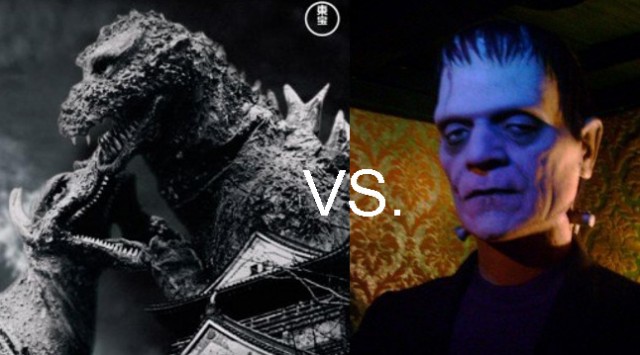
In all of the recent discussion about genetically modified (GM) foods here in California, we’ve overlooked regular foods and how new traits are found (or created) in them. There isn’t usually a monk lovingly breeding peas in the Austrian countryside somewhere. Instead, more often than not, there is someone blasting a seed with radiation and/or harmful chemicals.
See, new traits come from differences in a plant’s genes. Plant breeders often use chemicals or radiation to create lots of new DNA differences in the plant they are interested in. The idea is that the more you mutate a plant’s DNA, the more likely you are to stumble on the DNA difference(s) you’re looking for. And this approach has worked.
For example, over 75% of the rice grown in California is a dwarf variety discovered this way. Same thing with different varieties of barley, peanuts, oats, wheat, and cocoa.
Sometimes radiation or chemicals are used to strengthen a trait that is already there too. The red grapefruit started out as a natural variety that lost its pink color with time. After zapping this variety’s seeds, scientists found a few that kept a deeper color of red. Now 75% of the grapefruits grown in Texas are this variety.
As you can see, this method has yielded many wonderful crop varieties. In fact, a lot of what we eat today is created through this process. But at the DNA level, it is a very messy affair. The genomes of these plants are often riddled with DNA mutations as a result.